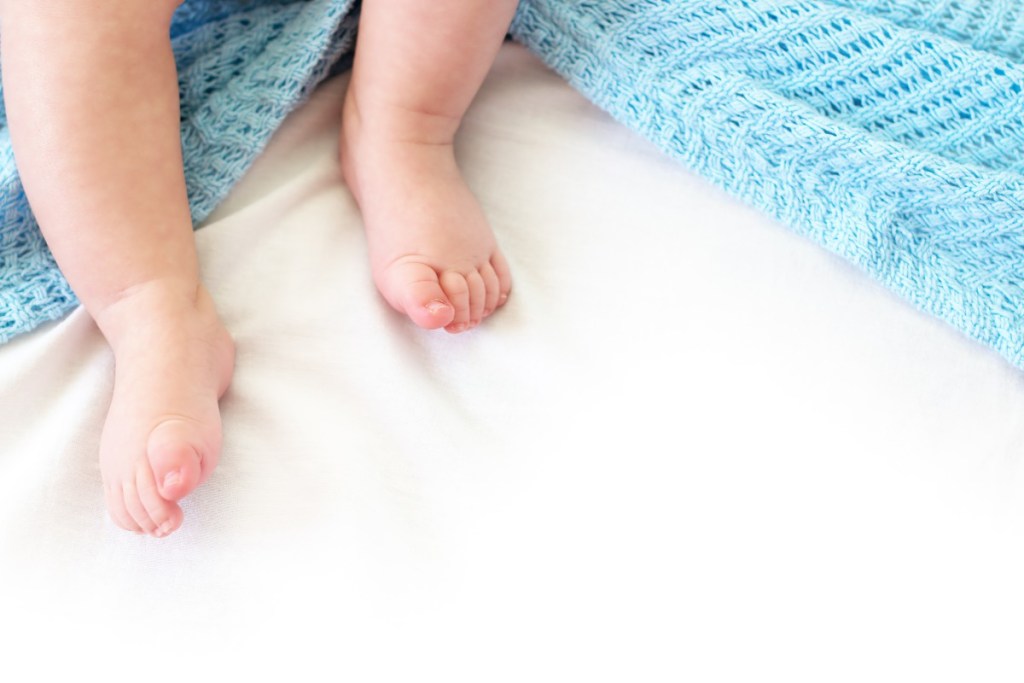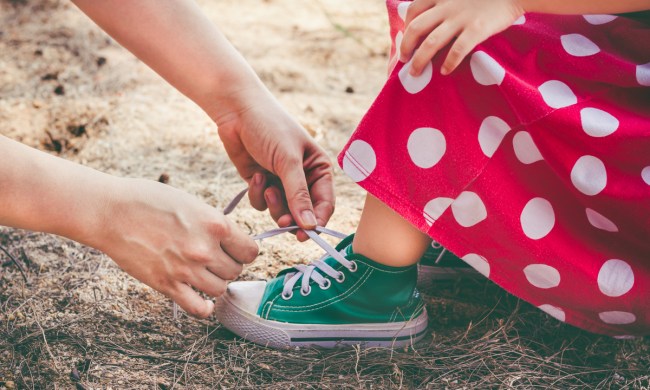The best baby blanket is one that keeps your love nugget comfy and safe. But with so many options out there, it can be hard to find the right afghan, swaddle, or cuddle item for your sweet little snuggle bug.
The truth is, you will likely accrue quite the collection of chunky knitted throws and oversize muslin wraps; they are a favorite baby-shower gift, after all. But not all blankets are made for covering your cutie. Some are more decorative, while others are meant for safe use. It’s also important to note that, while there is a time and place to use a baby blanket, infants and newborns should not have or use blankets unsupervised. Still not sure how to pick the right blanket for your baby? Read on for some tips.

What to consider when choosing a baby blanket
Before you even consider design, color, or size, the first thing to think about when choosing a baby blanket is material. Of course, a heavier blanket might be beneficial in colder months, while a lighter material will be ideal for spring and summer.
Wools and other scratchy synthetic materials may feel abrasive on your baby’s delicate skin. Cashmere or fleece can offer plush warmth with a softer touch. Still, your best bet may be a cotton blanket — one that is soft, comfortable, and breathable, but that still provides insulation, as needed.
Consider the purpose of your baby’s blanket
There are multiple types of blankets.
Receiving blankets are the ones you bring to the hospital, drape over the car seat, then wrap up your baby on the trip home. A swaddle can certainly help baby feel cozy and comfy, too. It gives them that snuggled-up compactness they enjoyed in the womb. Then, of course, there are the decorative throws and blankets we may keep in the nursery, and the options we occasionally drape over your little one during supervised naps.
If your baby tends to nuzzle a soft blanket, consider getting a small lovey that they can cozy up to. It gives them the warmth and security they crave without the overwhelming size of a traditional blanket.

Safety reminders
There are a few important things to remember when choosing a baby blanket. Believe it or not, a simple drape can be dangerous if used incorrectly. While a blanket can keep your wee one warm and cozy, it should not be at the risk of their safety — so be sure to take some precautions:
- Avoid giving your baby a blanket with tassels and decorative embellishments that could come off or get knotted up on tiny fingers. While these blankets can be cute in the nursery, they’re more fashionable, less functional.
- Do not give infants a blanket while they’re in their rear-facing car seat — unless another adult passenger is present and able to keep an eye on your mini rider.
- If your infant’s favorite blanket is their swaddle — and they love the feeling of being wrapped up in a bundle — enjoy that fleeting burrito-style adorableness. Once your baby begins to roll, it’s time to graduate from the traditional wrap; it’s no longer safe to continue swaddling at this point.
- A baby shouldn’t sleep in their crib with a blanket, as it can increase the risk of SIDS, suffocation, or strangulation. In fact, according to the American Academy of Pediatrics, an infant should slumber in an empty crib with no pillows, bumpers, stuffed animals, or loose sheets and blankets. It might not sound particularly comfortable, but as long as they’re dressed appropriately, they’ll be comfy.
- Once your toddler is between 12 and 18 months old, you might consider giving them a blanket for naps and bedtime. Just make sure they’re able to lift it and move autonomously.
You’ll have all the swaddles, blankets, throws, and loveys for your little honey bunny. From soft cashmeres to gauzy muslins to breathable cottons and thick, plush knits, they’ll serve numerous purposes. There is really no such thing as the perfect baby blanket, though — just the right one for the right reason.
Whether you’re transporting your newbie home from the hospital, bundling them up for a nap, or setting the scene in your nursery, your baby’s favorite blanket will bring reassurance of love and security. It’s the ultimate provider of the “warm and fuzzies,” so snuggle up — and enjoy!

